China's Chang'e 6 robotic probe completed the most important part of its lunar adventure on Tuesday morning when its ascender, carrying samples collected over two days in a sealed container, lifted off from the moon's far side.
The ascender — one of the four major components of the unmanned spacecraft — started its ascent engine at 7:38 am and flew for about six minutes before reaching lunar orbit, according to the China National Space Administration.
The return of the ascender to lunar orbit marks the successful completion of the first sampling and liftoff operations on the moon's far side by any country, the space administration said.
The Chang'e 6 probe, which represents the world's first attempt to bring samples from the lunar far side back to Earth, was launched by a Long March 5 heavy-lift carrier rocket on May 3 from the Wenchang Space Launch Center in Hainan province. It entered lunar orbit on May 8.
The 8.35-metric-ton spacecraft consists of an orbiter, a lander, an ascender and a reentry capsule.
After a host of sophisticated maneuvers, the lander touched down on the moon's far side on Sunday morning. It soon started using a scoop to collect surface regolith, the loose material covering solid rock, and a drill to dig up subsurface material.
At the same time, several mission payloads, including a panoramic camera, a lunar mineralogical spectrometer and a lunar soil composition analytical instrument, were activated for operation on the moon.
The results of their survey will play significant roles in the measurement and study of the moon's landscapes, mineral compositions and shallow structures, according to the space administration.
Three European scientific apparatus carried by the Chang'e 6 lander — a radon-measuring instrument from France's national space agency, a dedicated negative ion instrument developed by the Swedish Institute of Space Physics with support from the European Space Agency, and a passive laser retroreflector from Italy's National Institute for Nuclear Physics — also worked on the lunar surface over the past two days.
In addition, a mini-rover carrying a special camera was released from the lander, and it moved around the lander to take pictures, the administration said.
In the next stage, the ascender will remain in lunar orbit for a certain period of time and then rendezvous and dock with the combination of orbiter and reentry capsule. It will transfer the sample-loaded container to the reentry capsule before undocking.
In the final leg of the 53-day mission, the orbiter-reentry capsule combination will fly away from the lunar orbit and return to Earth orbit, where the pair will break up. The reentry capsule will then conduct a host of complicated maneuvers to return, as planned, to the Siziwang Banner Landing Site in the Inner Mongolia autonomous region.
Giuseppe Reibaldi, president and founder of the Moon Village Association, a Vienna-based NGO, and executive secretary of the Global Expert Group on Sustainable Lunar Activities, said this is the first time in human history that samples have been collected from the moon's far side.
"The formation and composition of lunar materials have yet to be well understood, so to analyze samples from the far side will make a major contribution to related research," he said.
Yang Yuguang, a senior space industry observer and vice-chair of the International Astronautical Federation's Space Transportation Committee, said the lunar far side samples are of "unparalleled scientific value", because the history of the far side is very different from that of the near side.
Studying the Chang'e 6 samples will definitely help scientists unravel some long-standing mysteries about the moon, he said.
Yang noted that the ascender's liftoff from the lunar far side was a challenging task, because it needed precision planning to ensure the ascender reached a predetermined orbital position, and there was only the Queqiao 2 relay satellite capable of providing technical assistance.
The next challenge, he said, will be the execution of the rendezvous and docking maneuvers, as they will also require an extreme level of agility and accuracy.











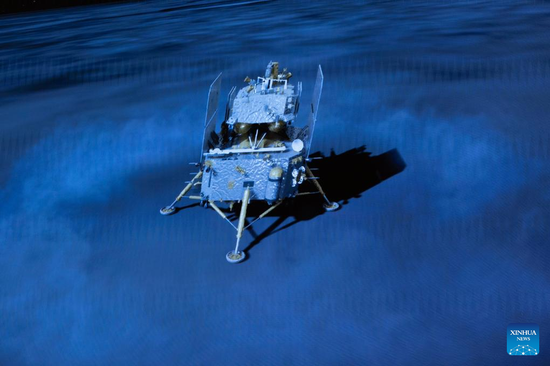
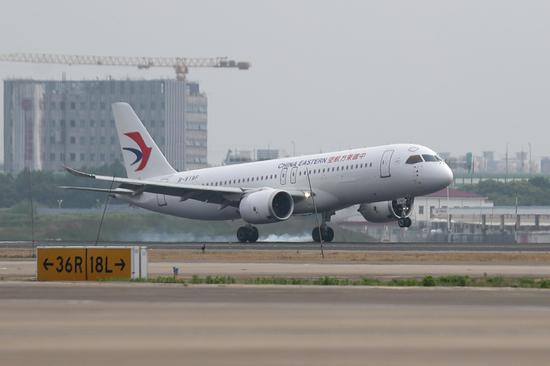

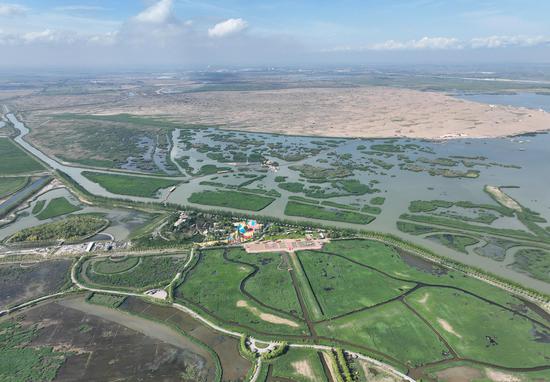
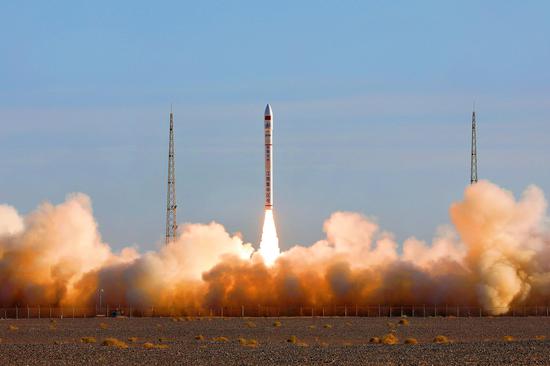
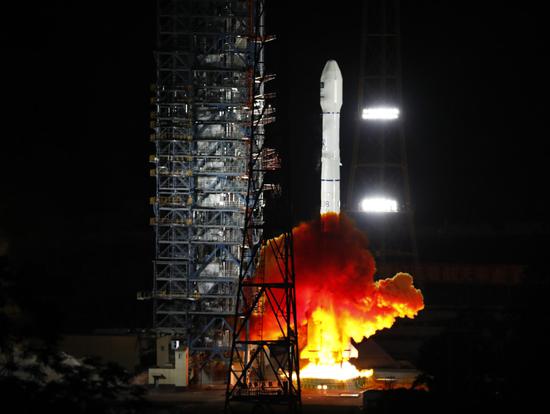




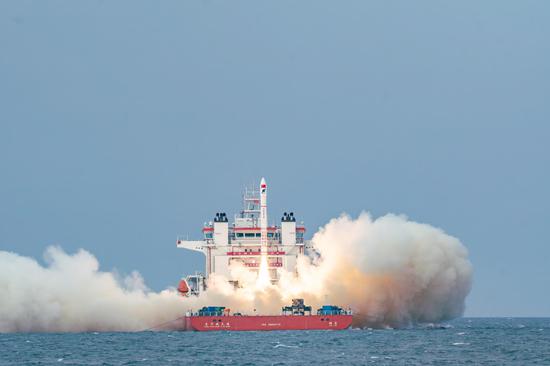
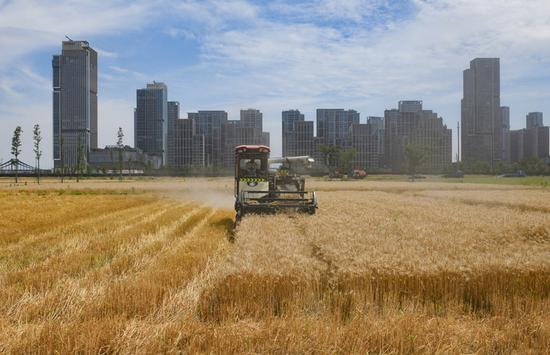

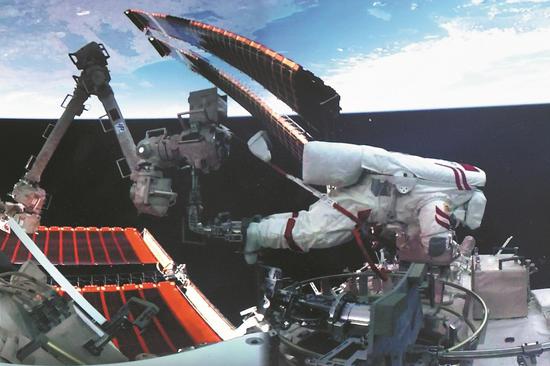




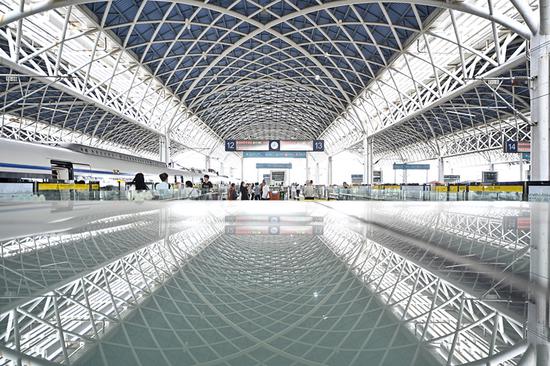
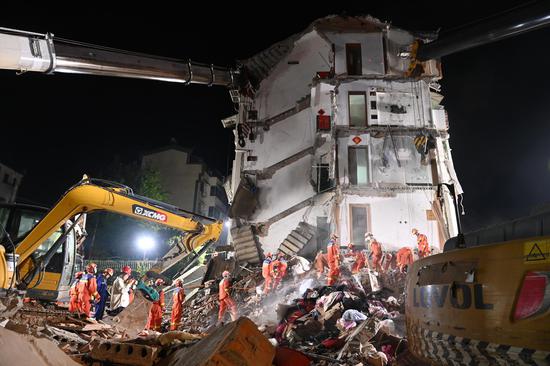
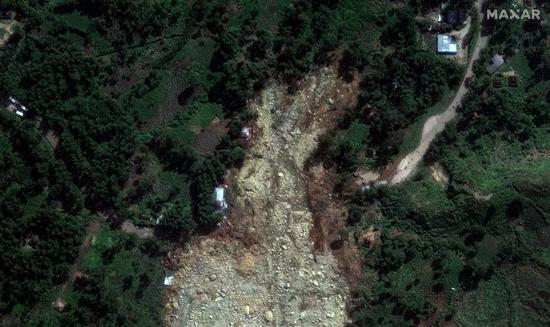






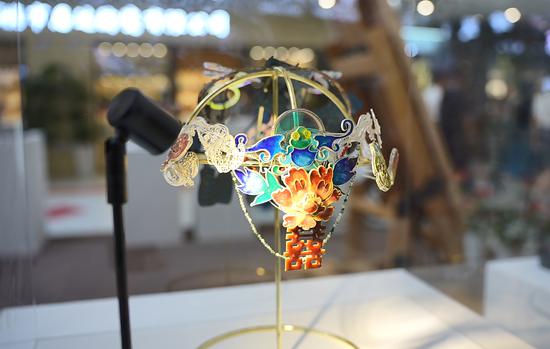


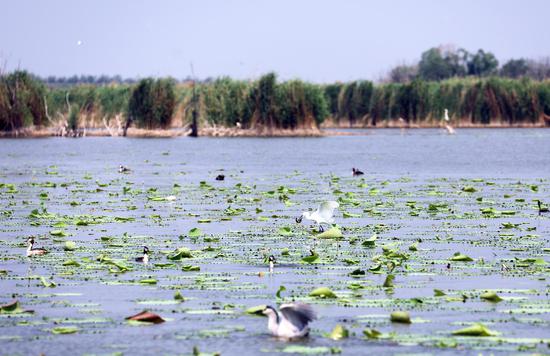
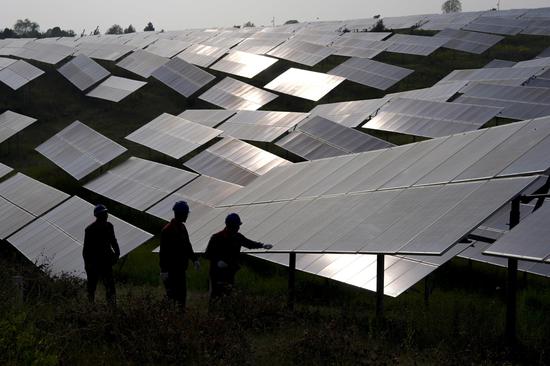







 京公网安备 11010202009201号
京公网安备 11010202009201号